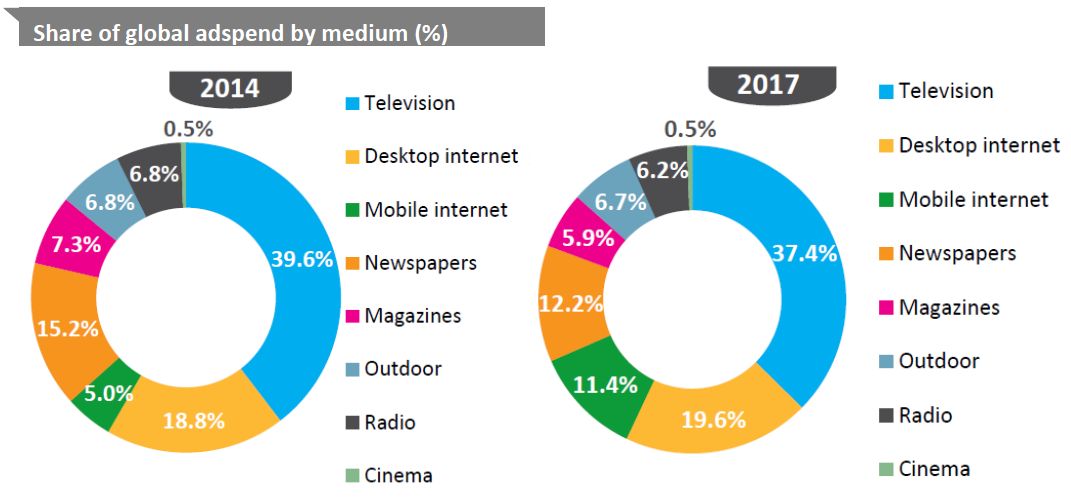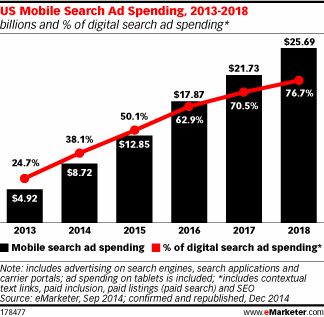by Robert Rose
Editor’s note: This piece was originally published on PublishThis and appears in [a]listdaily as a sponsored post. PublishThis will be holding a webinar on Dec. 10 about this subject which you can register for here.
Albert Einstein (yeah, doesn’t every post start with an Einstein quote these days) once said “It has become appallingly obvious that our technology has exceeded our humanity”. And, I think if you ask most marketers these days, you’d get some vigorous head nodding that “um, yeah, we’d agree!!”
Certainly two of the biggest trends disrupting business are “big data” and “content”. For the technology-minded (i.e., our technology teams) this means an enormous amount of pressure to get business software to work much more seamlessly across all the channels we have to manage and simultaneously make use of all that wonderful data being produced.
Likewise, marketing’s mandate has expanded, now covering the creation of optimal content-driven experiences across every appropriate channel and the entirety of the customer relationship.
These are new imperatives for both groups that can, in many cases, be simply overwhelming.
So, when it comes to technology to help facilitate all this disruption, you’d think the marketing and technology teams would be best friends at this point; kindred spirits working together to bring these concepts together. You’d like to think they’d be just like two kids riding in the back seat to Disneyland; working together to make the car go faster.
Yes, you’d like to think that.
But the reality is (as every parent knows) quite different. These days the CMO and the CIO are both screaming “are we there yet ” from the back seat. The CMO is holding his finger in the CIO’s face saying, “not touching, not touching”. And the CIO is saying “mine, mine, mine” to every single thing the CMO picks up.
So – let’s look at a method we at the Content Marketing Institute have started to see where technology and marketing are working together to solve some of these challenges.
A new marketing technology model: Built to Adapt
In “Systems Of Engagement and The Future of Enterprise IT”, author Geoffrey Moore explains that we are in a “new era of IT.” What he calls “systems of record” (the large backbone IT systems) are now being supplemented and extended by “systems of engagement,” solutions that are built to facilitate communication and collaboration. In describing the importance of this sea change, Moore says:
“Amidst the texting and Twittering and Facebooking of a generation of digital natives, the fundamentals of next-generation communication and collaboration are being worked out. For them it is clear, there is no going back. So, at a minimum, if you expect these folks to be your customers, your employees, and your citizens . . . then you need to apply THEIR expectations to the next generation of enterprise IT systems.”
Moore specifically analyzes content management and business intelligence applications and points out that the focus must be “on empowering the middle of the enterprise to communicate and collaborate across business boundaries, global time zones and language and cultural barriers, using next-generation IT applications and infrastructure adapted from the consumer space.”
Moore is certainly right about the needed changes. But, he takes a long-term view of the transformation. Today, the requirement for marketing to adapt immediately means that this new technology adoption model must be adjusted quickly for the new and evolving realities.
The “content-driven-experiences” stack – a backbone with room to stretch and flex
A new model to facilitate content-driven experiences that provide powerful data-driven insight is starting to emerge within forward-leaning brands that have integrated marketing and technology successfully. Whether driven by marketing technologists (to borrow from Scott Brinker) or actually a hybrid of IT and Marketing strategy – this new model accommodates the need of large enterprises to scale and provide consistent experiences across a large employee base by adapting to the conversational, flexible, and agile nature of today’s marketing organization.
The stack is comprised of three discrete layers that are made up of systems of record at the lower end and become systems of engagement as they move closer to the consumer on the front end. In every case, as they near the surface, they must be more flexible and interchangeable.
This is not a physical architecture of a specific technology solution, but rather a model that marketers can use to begin developing their business requirements for the technology solutions they require.
- Core Data Management. This is the lowest layer and is the foundation and storage of consumer, content, and transactional data and it serves the global enterprise. It is supported by large databases and closely adheres to standards so that data can be easily extracted and used. Whether cloud-based or closely held within the organization, it should enable information-as-a-service.
- Engagement Management. This middle layer of technology should be able to interface with anything above and below it. It provides the interface into, and out of, the Core Data Management layer and provides optimization based on business rules that can be applied to display content contextually.
- Content Channel and Experience Management. This top layer should be as flexible, portable, and/or disposable as any media strategy used to be. Content channels such as YouTube, Facebook, or blogs are the marketer’s new “media buy.” They are important only so long as they are useful. This layer will be constantly changing and morphing so, it should aim for zero-friction in order to add or dispose elements easily.
Content marketing technology – the power to adapt
One of the biggest dangers for enterprise marketing groups today is the temptation to repeat the mistakes made during “Web 1.0.” Just as the ”e-business team” was often separated from the core business in the late 1990’s, so too are social and web experience teams often isolated from both corporate marketing and IT today.
Content marketing and the function of delivering rich digital experiences across any channel require that these teams collaborate on one cohesive strategy. As a result, the experience management technologies facilitating those processes can converge effectively to integrate and manage all three layers: Core Data Management, Engagement Management, and Content Channel and Experience Management.
This new adaptive system will be staffed by flexible teams that will also be challenged to change and rearrange as new strategies are deployed by the enterprise. These de-siloed teams should ultimately work together in the marketing department to generate a phenomenon that scientists call “emergence,” where relatively simple and separate interactions will develop into productive patterns. Then, the whole ultimately becomes much greater than the sum of its parts.
Tomorrow’s marketing and communications teams succeed by learning to adapt – and by deploying systems of engagement that facilitate adaption. By building to change, the marketing department builds to succeed.
Sponsored posts have been written by a company that either has a business relationship with [a]listdaily or is paying for the post. If you are interested in a sponsored post on [a]listdaily, please contact pr@ayzenberg.com.




